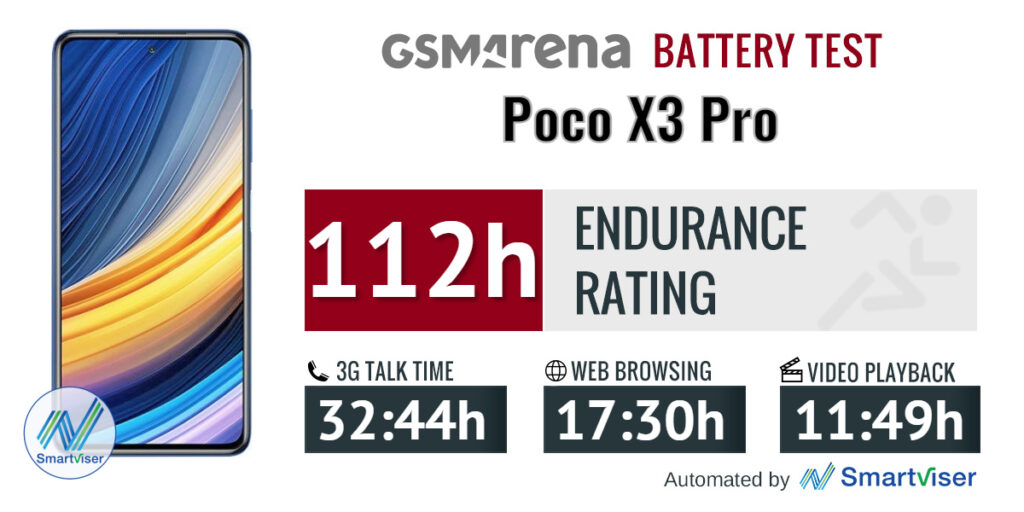How Web Design Improves User Experience
While the responsibility to make the website scalable and appealing breakpoints is primarily the responsibility of web developers, it is up to web designers to decide how appealing websites adapt to different screen sizes to create the best user experience.
In this article, we will take a look at the two most important implementation techniques used by web designers in page creation platforms and professional agencies. The two discussed here are adaptive and responsive web designs and the difference between them.
What is Responsive Web Design?
Since different web browsers display web pages in different ways, your site needs to be tested to ensure that it is optimized for mobile phones, laptops, and PC screens. Strictly speaking, you cannot code a website to address a particular device, so a good mobile-first website must be responsive in its function. It must be intended for a variety of mobile devices.
Responsive web design has the advantage of offering a seamless experience on all devices, no matter what device they are on. It ensures a better user experience for all, regardless of their device of choice.
Responsive websites only need one layout, whether it is a single page, multiple pages, or even multiple page layouts. It requires writing responsive web design codes efficiently, so your website will work well on new devices and screen sizes.
With a design code made to respond to the size of the device or screen, responsive web design automatically adapts to any screen of any size, regardless of which device the visitor to the website uses. They do not take the browser size into account, but react to the size of your browser and change the layout accordingly.
Responsive web design only requires you to create a website that serves all users no matter what device is used. However, it works best when websites are less complex.
Responsive web designs typically load faster and retain the same URL structure on both the web and mobile devices, which is helpful.
Websites with responsive design adapt to both web and mobile browsers, and the page frame automatically makes appropriate adjustments to detect screen widths.
This creates a better user experience for both mobile and desktop users and web developers.
What is Adaptive Web Design?
Adaptive web design was introduced by web designer Aaron Gustafson in his book “Crafting Rich Experiences and Progressive Enhancement.” It is a design method that focuses on the design of the user experience and not on the content itself, as in responsive design.
Adaptive web design uses a multi-page layout and enables a specialized user experience, while responsive design means that the website automatically adapts its layout to any screen resolution and distinguishes between mobile and desktop versions of the same website. Both types of web design and layouts can be used in different ways, including responsive layout, which allows for control over adaptive web design by editing multiple pages for updates.
While the responsive design works better on fewer complex websites, adaptive design is better suited to more complicated websites. Another big difference in the design is the adaptive web designs, which are often less flexible than the responsive ones.
Adaptive web design also has the advantage that content is available to mobile users faster and more efficiently than responsive web design. They can also be adapted to any screen resolution or device size, but only in a specific way.
Similar to responsive design, adaptive websites also offer the advantage of being able to adapt web content to the screen size of the viewer.
Who Wins the Battle?
If you need help deciding which approach best suits your website, keep your users and clients in mind. Doing this can help you decide between adaptive and responsive web design for your website or any other web project.








